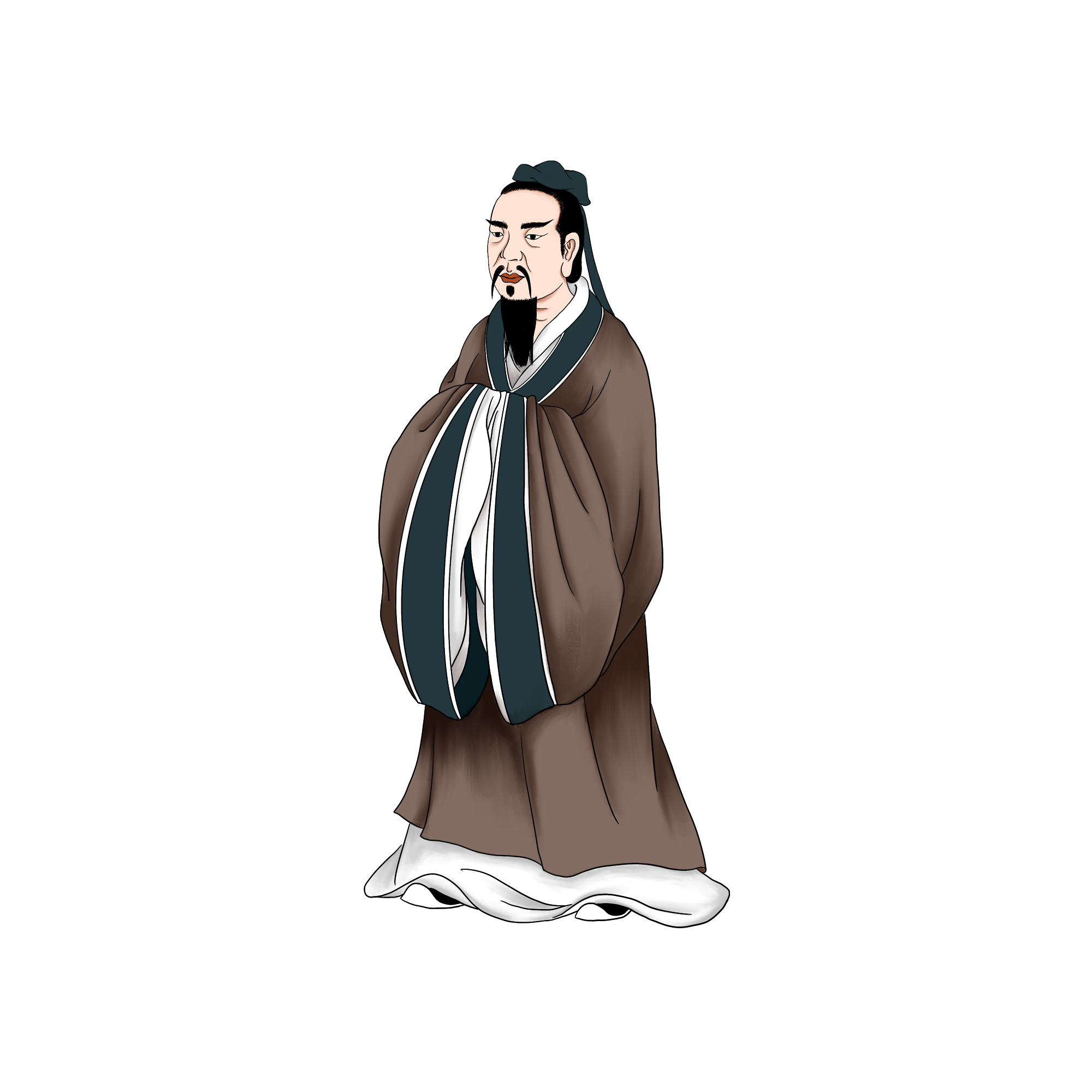1
2
3
4
5
6
7
8
9
10
11
12
13
14
15
16
17
18
19
20
21
22
23
24
25
26
27
28
29
30
31
32
33
34
35
36
37
38
39
40
41
42
43
44
45
46
47
48
49
50
51
52
53
54
55
56
57
58
59
60
61
62
63
64
65
66
67
68
69
70
71
72
73
74
75
76
77
78
79
80
81
82
83
84
85
86
87
88
89
90
91
92
93
94
95
96
97
98
99
100
101
102
103
104
105
106
107
108
109
110
111
112
113
114
115
116
117
118
119
120
121
122
123
124
125
126
127
128
129
130
131
132
133
134
135
136
137
138
139
140
141
142
143
144
145
146
147
148
149
150
151
152
153
154
155
| #include <iostream>
#include <armadillo>
using namespace std;
using namespace arma;
// Armadillo documentation is available at:
// http://arma.sourceforge.net/docs.html
// NOTE: the C++11 "auto" keyword is not recommended for use with Armadillo objects and functions
int
main(int argc, char** argv)
{
//cout << amradillo -v << endl;
cout << "Armadillo version: " << arma_version::as_string() << endl;
// construct a matrix according to given size and form of element initialisation
mat A(2,3,fill::zeros);
// .n_rows and .n_cols are read only
cout << "A.n_rows: " << A.n_rows << endl;
cout << "A.n_cols: " << A.n_cols << endl;
A(1,2) = 456.0; // access an element (indexing starts at 0)
A.print("A:");
A = 5.0; // scalars are treated as a 1x1 matrix
A.print("A:");
A.set_size(4,5); // change the size (data is not preserved)
A.fill(5.0); // set all elements to a specific value
A.print("A:");
A = { { 0.165300, 0.454037, 0.995795, 0.124098, 0.047084 },
{ 0.688782, 0.036549, 0.552848, 0.937664, 0.866401 },
{ 0.348740, 0.479388, 0.506228, 0.145673, 0.491547 },
{ 0.148678, 0.682258, 0.571154, 0.874724, 0.444632 },
{ 0.245726, 0.595218, 0.409327, 0.367827, 0.385736 } };
A.print("A:");
// determinant
cout << "det(A): " << det(A) << endl;
// inverse
cout << "inv(A): " << endl << inv(A) << endl;
// save matrix as a text file
A.save("A.txt", raw_ascii);
// load from file
mat B;
B.load("A.txt");
// submatrices
cout << "B( span(0,2), span(3,4) ):" << endl << B( span(0,2), span(3,4) ) << endl;
cout << "B( 0,3, size(3,2) ):" << endl << B( 0,3, size(3,2) ) << endl;
cout << "B.row(0): " << endl << B.row(0) << endl;
cout << "B.col(1): " << endl << B.col(1) << endl;
// transpose
cout << "B.t(): " << endl << B.t() << endl;
// maximum from each column (traverse along rows)
cout << "max(B): " << endl << max(B) << endl;
// maximum from each row (traverse along columns)
cout << "max(B,1): " << endl << max(B,1) << endl;
// maximum value in B
cout << "max(max(B)) = " << max(max(B)) << endl;
// sum of each column (traverse along rows)
cout << "sum(B): " << endl << sum(B) << endl;
// sum of each row (traverse along columns)
cout << "sum(B,1) =" << endl << sum(B,1) << endl;
// sum of all elements
cout << "accu(B): " << accu(B) << endl;
// trace = sum along diagonal
cout << "trace(B): " << trace(B) << endl;
// generate the identity matrix
mat C = eye<mat>(4,4);
// random matrix with values uniformly distributed in the [0,1] interval
mat D = randu<mat>(4,4);
D.print("D:");
// row vectors are treated like a matrix with one row
rowvec r = { 0.59119, 0.77321, 0.60275, 0.35887, 0.51683 };
r.print("r:");
// column vectors are treated like a matrix with one column
vec q = { 0.14333, 0.59478, 0.14481, 0.58558, 0.60809 };
q.print("q:");
// convert matrix to vector; data in matrices is stored column-by-column
vec v = vectorise(A);
v.print("v:");
// dot or inner product
cout << "as_scalar(r*q): " << as_scalar(r*q) << endl;
// outer product
cout << "q*r: " << endl << q*r << endl;
// multiply-and-accumulate operation (no temporary matrices are created)
cout << "accu(A % B) = " << accu(A % B) << endl;
// example of a compound operation
B += 2.0 * A.t();
B.print("B:");
// imat specifies an integer matrix
imat AA = { { 1, 2, 3 },
{ 4, 5, 6 },
{ 7, 8, 9 } };
imat BB = { { 3, 2, 1 },
{ 6, 5, 4 },
{ 9, 8, 7 } };
// comparison of matrices (element-wise); output of a relational operator is a umat
umat ZZ = (AA >= BB);
ZZ.print("ZZ:");
// cubes ("3D matrices")
cube Q( B.n_rows, B.n_cols, 2 );
Q.slice(0) = B;
Q.slice(1) = 2.0 * B;
Q.print("Q:");
// 2D field of matrices; 3D fields are also supported
field<mat> F(4,3);
for(uword col=0; col < F.n_cols; ++col)
for(uword row=0; row < F.n_rows; ++row)
{
F(row,col) = randu<mat>(2,3); // each element in field<mat> is a matrix
}
F.print("F:");
getchar();
return 0;
}
|






